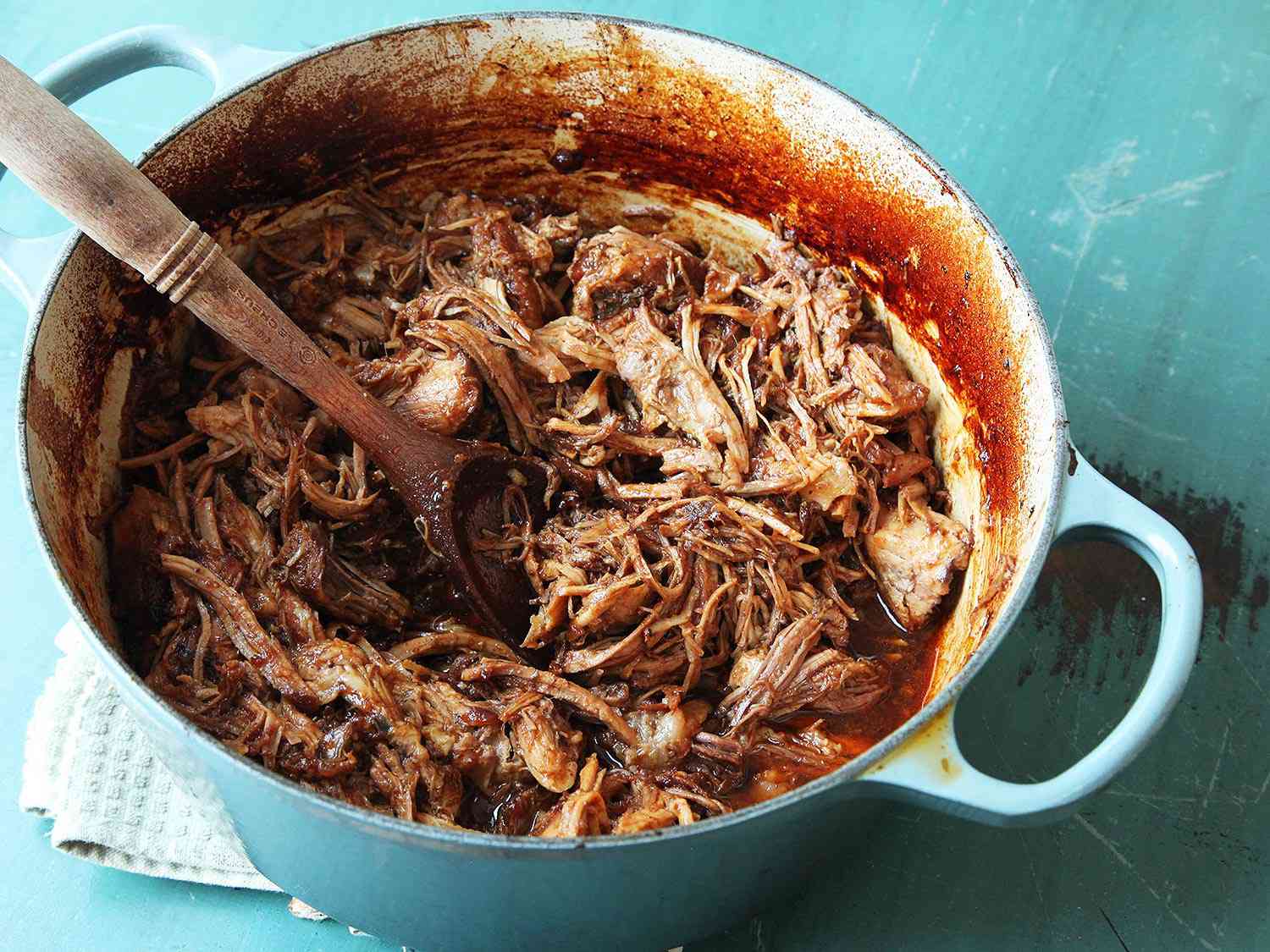Understanding Grade A Eggs
When it comes to eggs, you may have noticed that they are often labeled with different grades, such as Grade A, Grade B, or Grade AA. But what exactly does it mean when an egg is labeled as Grade A? Let’s dive into the world of Grade A eggs and understand what sets them apart.
What Makes an Egg Grade A?
Grade A eggs are the highest quality eggs you can find in the market. These eggs have firm whites, round yolks, and clean, uncracked shells. The grading process takes into account the appearance and quality of the egg, including the size of the air cell, the thickness of the white, and the positioning of the yolk.
When you purchase Grade A eggs, you can be confident that you are getting eggs that meet the highest standards of quality and freshness.
How Are Grade A Eggs Graded?
Grade A eggs are graded based on specific criteria set by the United States Department of Agriculture (USDA). These criteria include:
- Shell cleanliness and texture
- Shape and appearance of the egg
- Size of the air cell
- Thickness and strength of the egg white
- Position and condition of the yolk
Inspectors carefully examine each egg to ensure that it meets these standards before assigning it a Grade A designation.
Uses of Grade A Eggs
Grade A eggs are versatile and can be used in a variety of culinary applications. Whether you’re baking a cake, making an omelet, or simply frying an egg, Grade A eggs are a reliable choice for all your cooking and baking needs.
Due to their high quality and freshness, Grade A eggs are often preferred for recipes where the egg plays a prominent role, such as in custards, meringues, and soufflés.
How to Store Grade A Eggs
To maintain the quality and freshness of Grade A eggs, it’s important to store them properly. Here are some tips for storing Grade A eggs:
- Keep Grade A eggs refrigerated at a temperature of 40°F or below.
- Store eggs in their original carton to protect them from absorbing strong odors and flavors from other foods in the refrigerator.
- Avoid storing eggs in the refrigerator door, as the temperature fluctuates more in this area.
- Use Grade A eggs within three to five weeks of purchase for the best quality and flavor.
By following these storage guidelines, you can ensure that your Grade A eggs remain fresh and delicious for as long as possible.
Conclusion
Grade A eggs are the gold standard when it comes to egg quality. With their firm whites, round yolks, and clean shells, Grade A eggs are a top choice for cooking, baking, and enjoying in various dishes. By understanding the grading process and proper storage techniques, you can make the most of Grade A eggs in your kitchen.
Next time you reach for a carton of eggs at the grocery store, consider choosing Grade A eggs for the highest quality and freshest eggs available.
Was this page helpful?
Read Next: What Is A Fry Up











